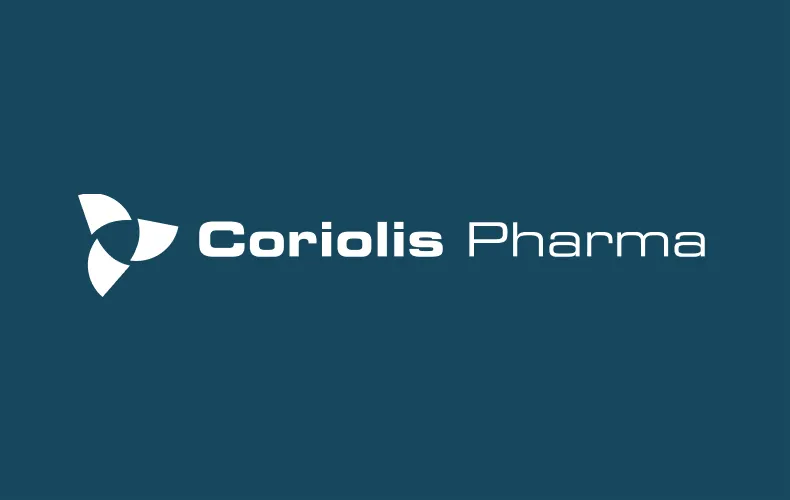Purity and DNA Content of AAV Capsids Assessed by Analytical Ultracentrifugation and Orthogonal Biophysical Techniques
European Journal of Pharmaceutics and Biopharmaceutics
Authors: Klaus Richter, Christine Wurm, Kim Strasser, Jana Bauer, Maria Bakou, Ross VerHeul, Shawn Sternisha, Andrea Hawe, Michael Salomon, Tim Menzen, Akash Bhattacharya
Development and manufacturing adeno-associated virus (AAV)-based vectors for gene therapy requires suitable analytical methods to assess the quality of the formulations during development, as well as the quality of different batches and the consistency of the processes. Here, we compare biophysical methods to characterize purity and DNA content and of viral capsids from five different serotypes (AAV2, AAV5, AAV6, AAV8, and AAV9). For this purpose, we apply multiwavelength sedimentation velocity analytical ultracenrifugation (SV-AUC) to obtain the species’ contents and to derive the wavelength-specific correction factors for the respective insert-size. In an orthogonal manner we perform anion exchange chromatography (AEX) and UV-spectroscopy and the three methods yield comparable results on empty/filled capsid contents with these correction factors. Whereas AEX and UV-spectroscopy can quantify empty and filled AAVs, only SV-AUC could identify the low amounts of partially filled capsids present in the samples used in this study. Finally, we employ negative-staining transmission electron microscopy and mass photometry to support the empty/filled ratios with methods that classify individual capsids. The obtained ratios are consistent throughout the orthogonal approaches as long as no other impurities and aggregates are present. Our results show that the combination of selected orthogonal methods can deliver consistent empty/filled contents on non-standard genome sizes, as well as information on other relevant critical quality attributes, such as AAV capsid concentration, genome concentration, insert size length and sample purity to characterize and compare AAV preparations.


